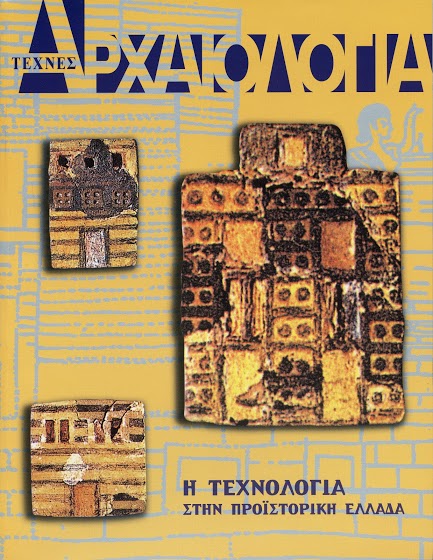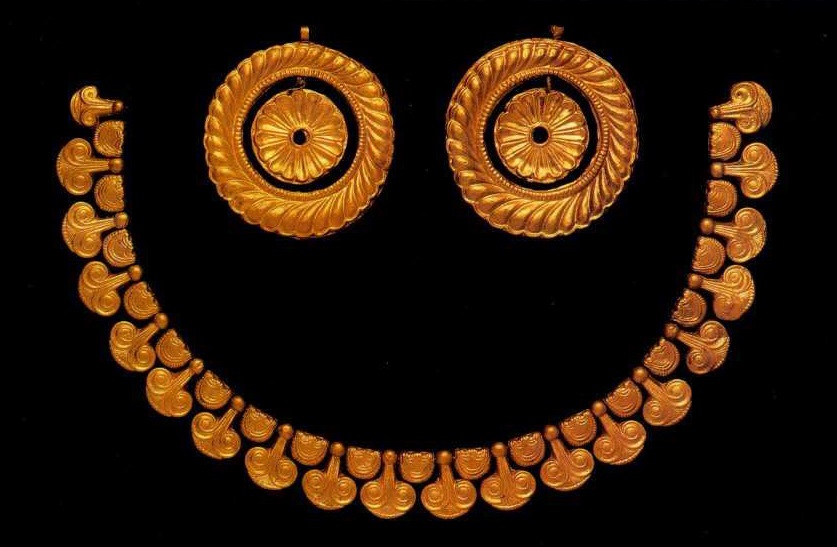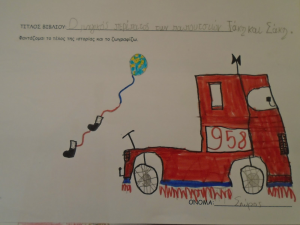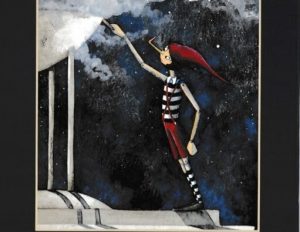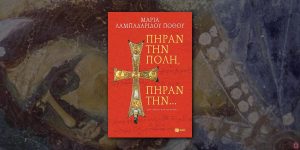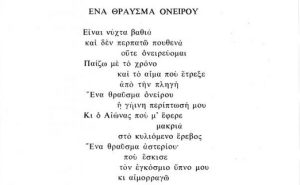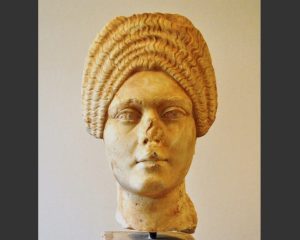Η δυναμική της μήτρας στην τυποποίηση και μαζικοποίηση “εικόνων” κατά την αιγαιακή Ύστερη Χαλκοκρατία
Αρθρογράφος: Μπουλώτης Χρήστος
Έκδοση: Περιοδικό Αρχαιολογία και Τέχνες τεύχος 94, Μάρτιος 2005
Αριθμός σελίδων: 11 (Σελίδες 83-93)
Θεματολογία: Αρχαιολογία
Περιγραφή: The mold is undoubtedly the oldest “machine” in the history of the material civilization, which changed drastically the rhythm of production through the standardization and mass production of all sorts of artifacts. Its impact on the field of metalwork has been appreciated for the manufacturing of bronze implements and weapons in particular already since the early third millennium B.C. The role of mold is intensified and increased in the framework of the palatial societies of Minoan Crete and Mycenaean Greece, especially through the production of various gold, faience and glass paste prestige goods. In this way, through the standardization and the multiplication of “images”, it also contributed to the creation and dissemination of an artistic koine during the Late Bronze Age. The culmination of the use and performance of mold coincides with the fourteenth and thirteenth centuries B.C. It becomes obvious from the production of jewellery -mainly embossed glass paste or more seldom gold foil beads- that it responds to and meets the new ornament orientations and needs of the Mycenaean world. The relevantly numerous molds and the countless jewels dating from these two centuries prove beyond doubt the predominance of a galloping fashion which, due to the use of the inexpensive glass paste, was spread throughout all social strata. Mycenae is probably the major center of jewellery production and the provenance of most of the available until today molds. The Linear B tablets from this site testify for the local activity of a group of craftsmen, the so-called kuwanowokoi, who must be conceived as artisans working glass paste, a low-priced substitute for lapis lazuli. Needless to say that the importance of a mold depended on the number of carved matrices it bore – up to 23(!) on an example from Mycenae. However, the carving of the various matrices should have been the responsibility of a skilled expert, who must be sought among the ranks of the seal engravers of the period, recorded, as we believe, on the Linear B tablets by the term kowirowoko.
Ψηφιακό περιεχόμενο (link)
